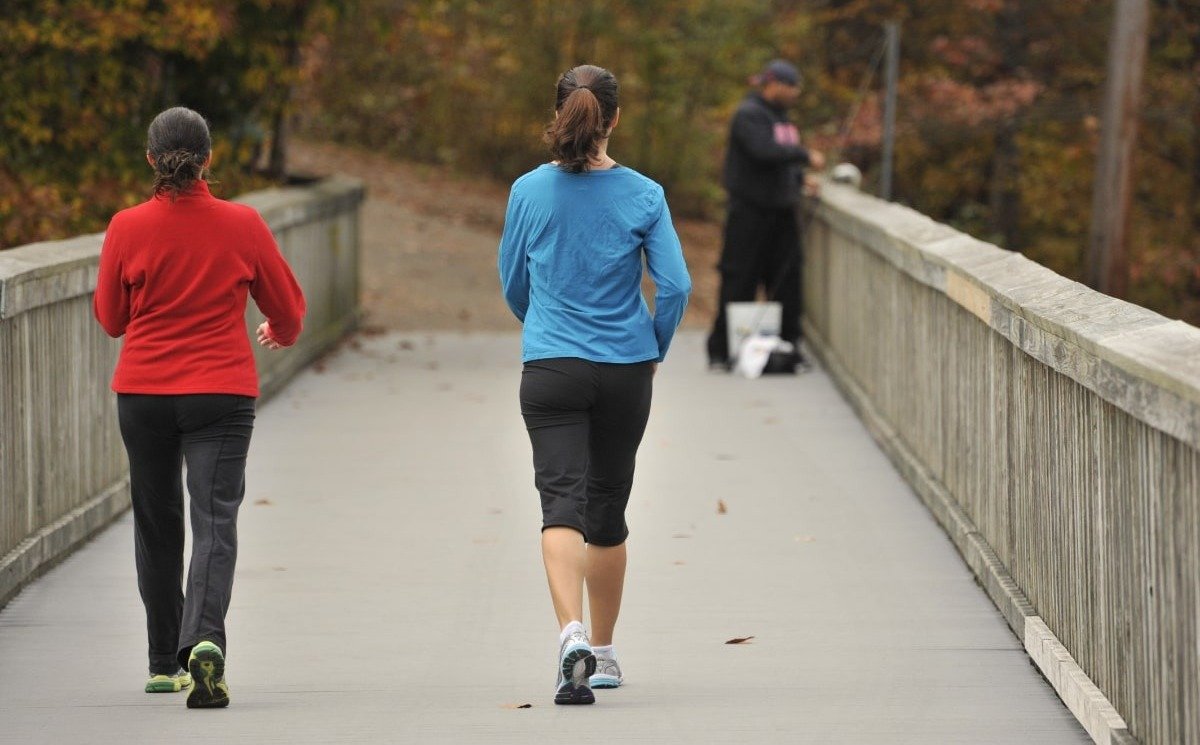A short, brisk walk after eating might be one of the simplest and most effective ways to boost your health — especially if you have diabetes or struggle with high blood sugar levels.
According to recent health insights, timing is key. Instead of walking immediately after your last bite, experts suggest waiting 10 to 15 minutes before heading out. This short delay aligns perfectly with the time when blood glucose levels start to rise, making your walk more effective in blunting glucose spikes and aiding digestion.
For most people, 10–20 minutes of light to moderate walking at a pace of around 3–4 km/h is enough to see benefits. If you’ve had a carb-heavy meal, stretching your walk to 30 minutes can provide even better results.
This habit isn’t just helpful for blood sugar — it supports overall digestion, prevents post-meal sluggishness, and encourages long-term heart and metabolic health. But to truly reap the benefits, it’s important to avoid some common mistakes.
Are You Walking the Right Way?
While walking is often overlooked as a “real” form of exercise, doing it correctly makes all the difference. Here’s how to make your post-meal walks count:
Don’t walk too soon: Wait at least 10–15 minutes after meals to avoid discomfort or bloating.
Pick up the pace: Strolling too slowly might not be enough. Add purpose to your steps or swing your arms for extra movement.
Fix your posture: Stand tall, keep your core engaged, and let your arms move naturally.
Stay consistent: Daily walking, even for just 15 minutes, builds lasting benefits.
Wear the right shoes: Poor footwear can lead to discomfort or injury, making you less likely to stick with the habit.
Switch up your route: New paths or light inclines can challenge your body and keep walks interesting.
Stay hydrated: Especially in warm weather, forgetting to drink water can turn a healthy habit into a tiring chore.
Walking after meals isn’t about burning massive calories — it’s about making small, smart moves that support your body’s natural rhythms. With the right timing, form, and consistency, this simple act can become a cornerstone of better daily health.
All you need? A comfortable pair of shoes, a little awareness — and a walk around the block.





